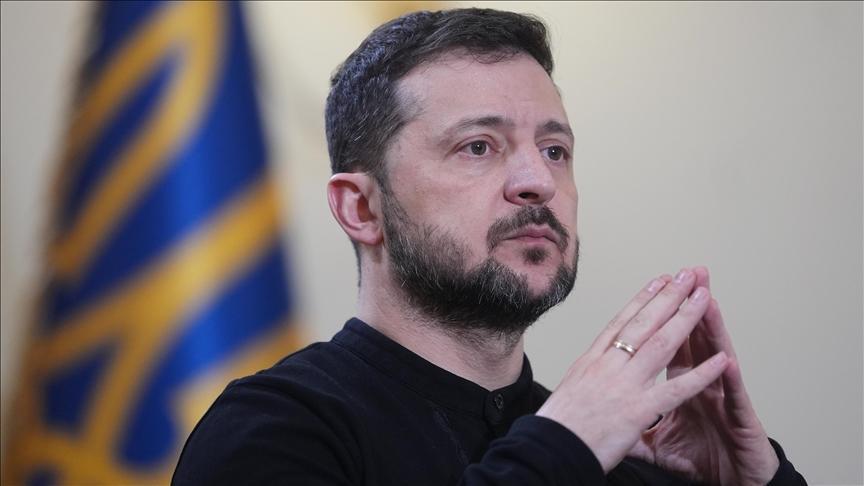Nuclear Iran puzzle
Our eastern neighbor Iran is continuing its suspicious nuclear program despite international pressure. As of October 2009, officials detected that there were 1,200 kilograms of low-enriched (5 percent) uranium (LEU) present in Iranian stocks. It was possible to produce a nuclear warhead with this amount.
Three years later, according to the February 2013 estimates of the International Atomic Energy Agency (IAEA), the LEU amount Iran possesses has reached seven tons, the amount of medium (20 percent) enriched uranium (MEU) has reached 167 kilograms. It is reported that with this amount, it is possible to produce five warheads.
As background information, LEU is used as nuclear power plant fuel; MEU is used in scientific research power plants. For a nuclear bomb, an enrichment of 90 percent (HEU) level is needed.
Meanwhile, talks between the “P5+1” group, consisting of the U.N. Security Council’s five permanent members and Germany, and Iran conducted in Almaty collapsed the other week without any positive results and without a new calendar.
According to well-informed independent sources I talked to during the 2013 International Nuclear Policy Conference organized by the Carnegie Endowment for International Peace last week in Washington, the Iranians asked for an end to all sanctions imposed on their country in exchange for ending their enrichments at the level of 20 percent. Naturally, this demand has not been accepted. The P5+1, on the other hand, has demanded an end to the enrichments at the 20 percent level, all the MEU stocks to be handed over and the termination of the activities of the uranium enrichment facility at Fordo, carved inside a mountain near the city of Qom.
As can be seen, there is an enormous gap between the positions. Of course, there cannot be any agreement. There is a presidential election in Iran in eight weeks. Even with the most optimist probability, the new round of nuclear talks will be after the elections or maybe in fall.
Meanwhile, Iran will continue to enrich uranium and maybe in the next round when it sits at the table, it will have enriched uranium in its stocks that would be sufficient for six or seven nuclear warheads.
What is Iran’s intention? Is it to produce nuclear bomb or stay as a “nuclear threshold country?” As a note, a nuclear threshold country is a country that has the infrastructure, sufficient enriched uranium stocks and know-how but does not produce bombs. Once a decision is made, however, it is possible to produce any desired number of bombs and become a nuclear power in a couple of months.
An American official closely monitoring the Iran file said: “We have not formed an opinion that Iran has decided to make a bomb. In simple terms, we do not know at what stage Iran’s nuclear arms program stands. The diplomacy window, though, will not be open forever.” In theory, the number of warheads to establish a nuclear deterrence is accepted to be a “minimum of 12.” For example, it is assumed that North Korea has 12 to 13 nuclear warheads.
A prominent South Korean politician wants American tactical nuclear weapons to be re-deployed in South Korea to establish deterrence against North Korea.
The B-61 American tactical nuclear bombs, this politician has implied, are already deployed at İncirlik. Maybe the B-61s may establish deterrence against Iran but they cannot prevent the country from enriching more uranium.
I have to convey what Iranian-born Carnegie Nuclear Policy Program expert Shahram Chubin said at the conference: “Iran’s nuclear program has no relation to Israel’s program. Despite that, a nuclear-armed Pakistan is a concern for Iran from a sectarian point of view; also Turkey and NATO are factors.”
Sectarian competition and foreign policies make the nuclear armament race in the Middle East even more dangerous as a probability.
Kadri Gürsel is a columnist for daily Milliyet in which this piece was published on April 15. It was translated into English by the Daily News staff.










